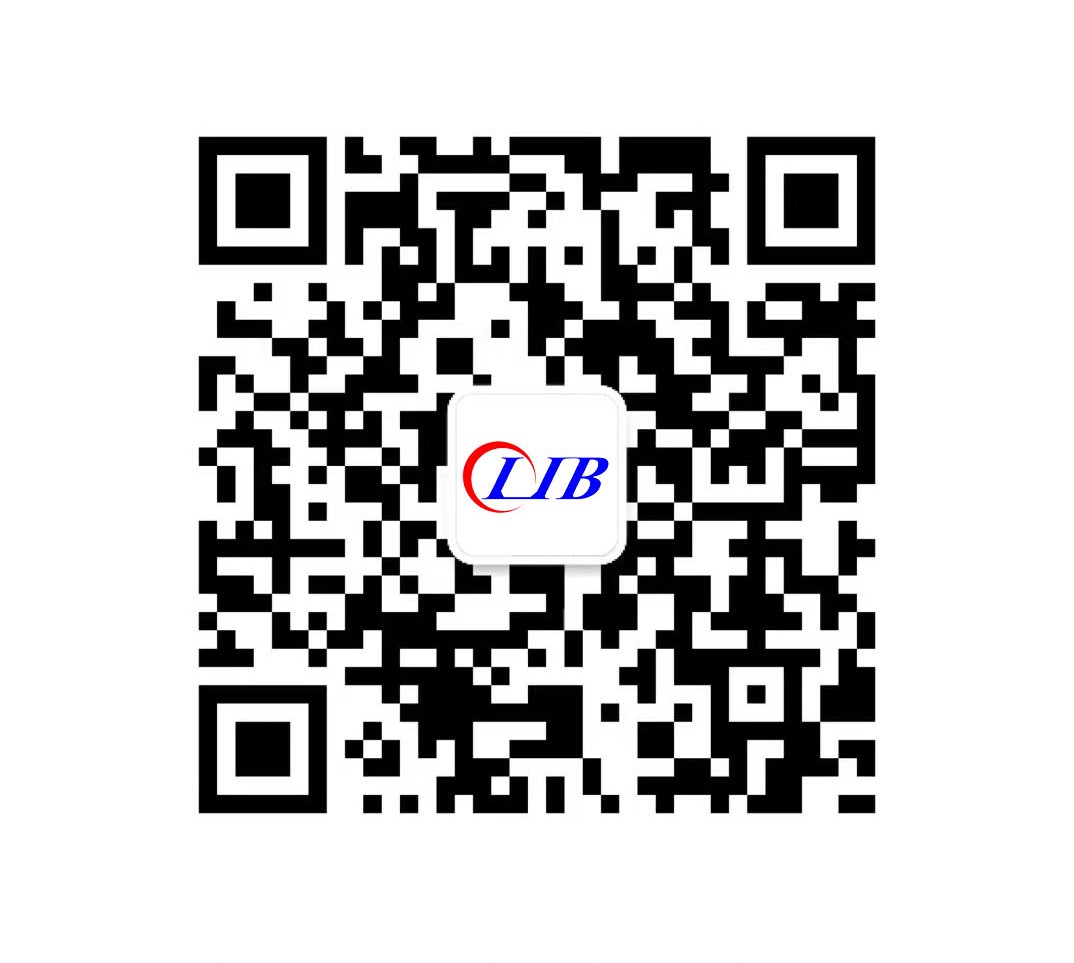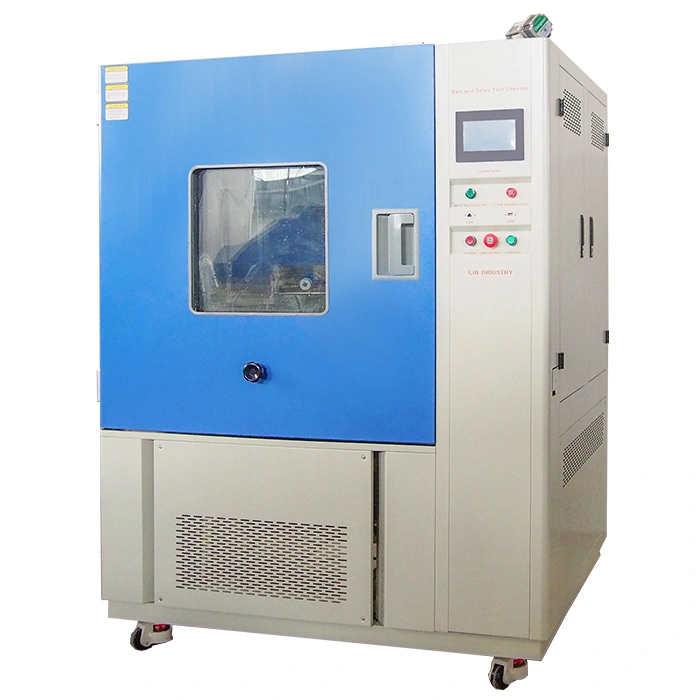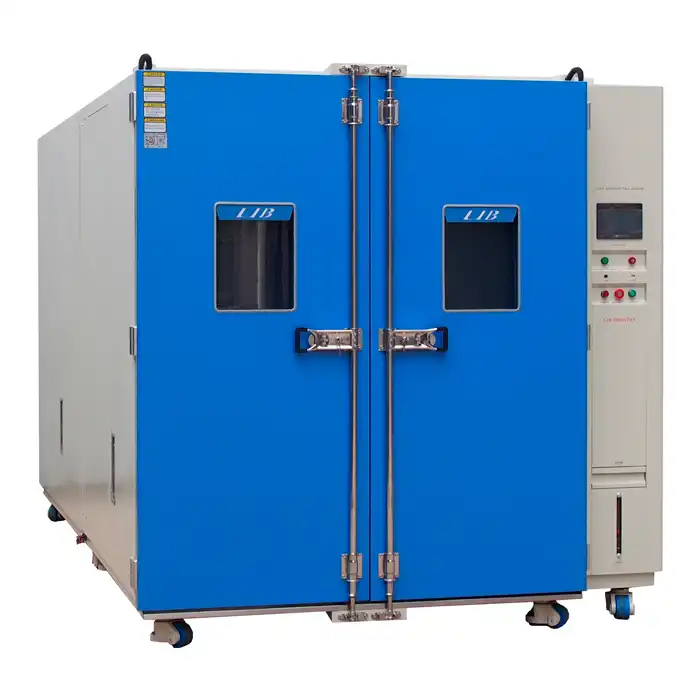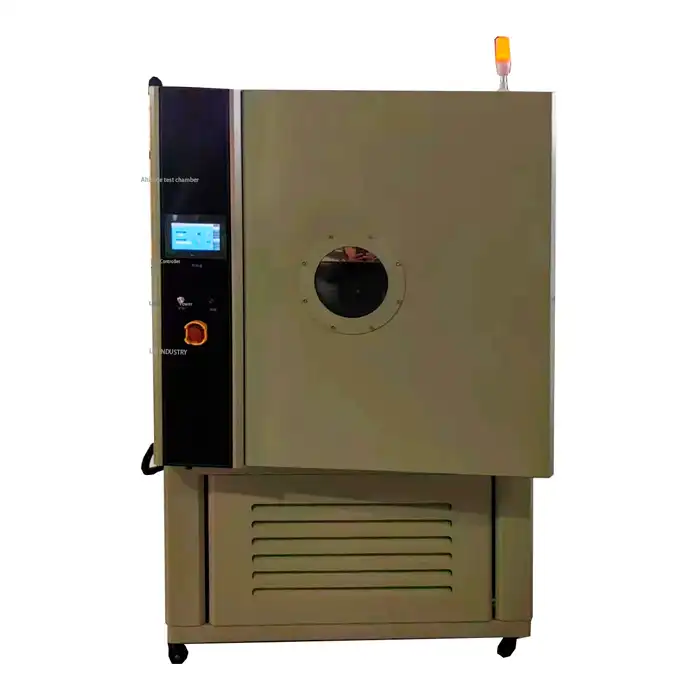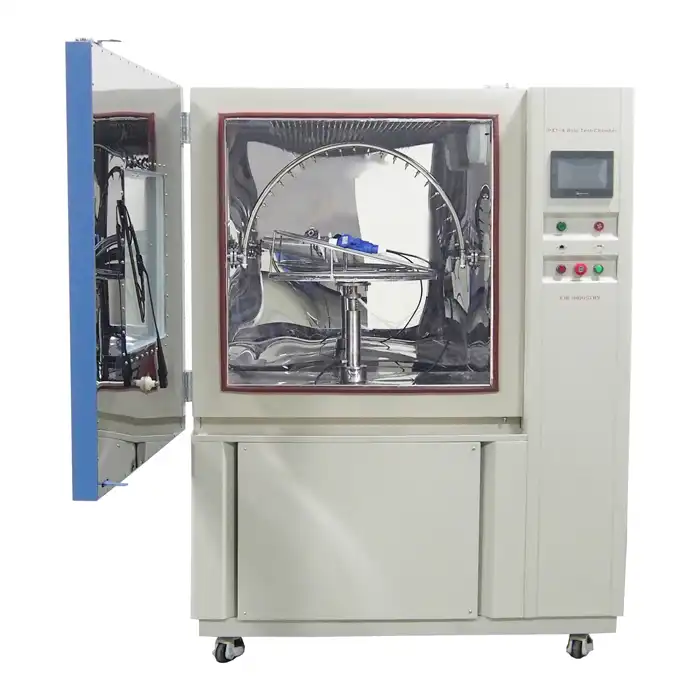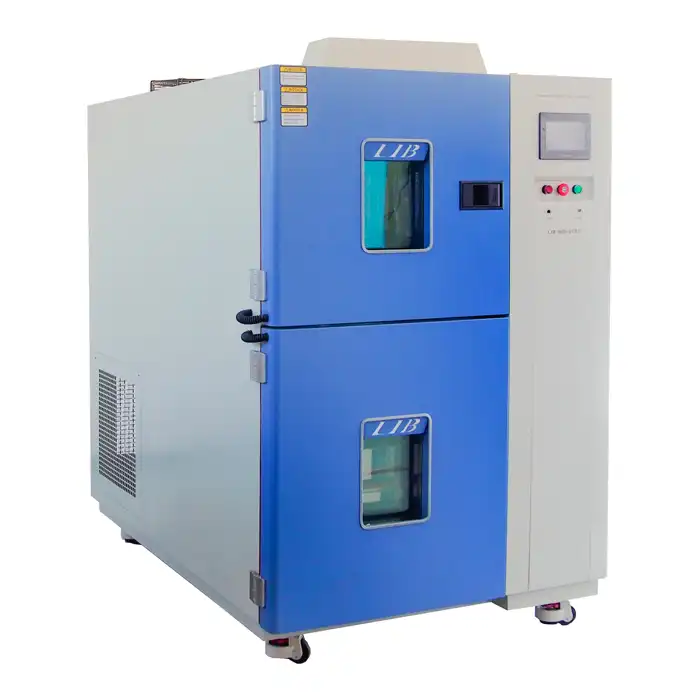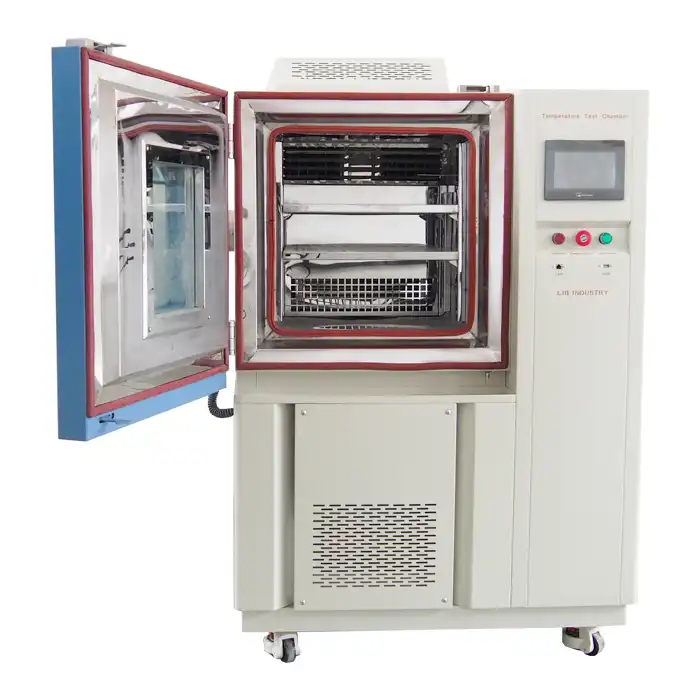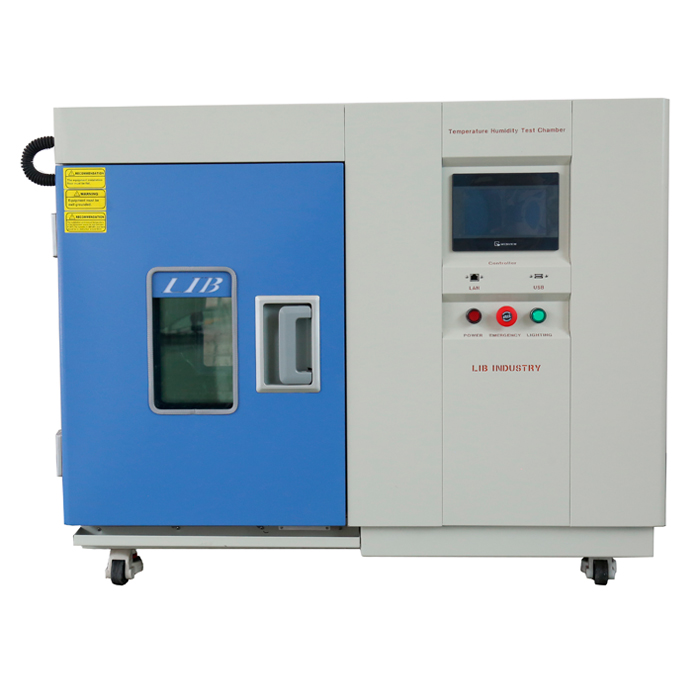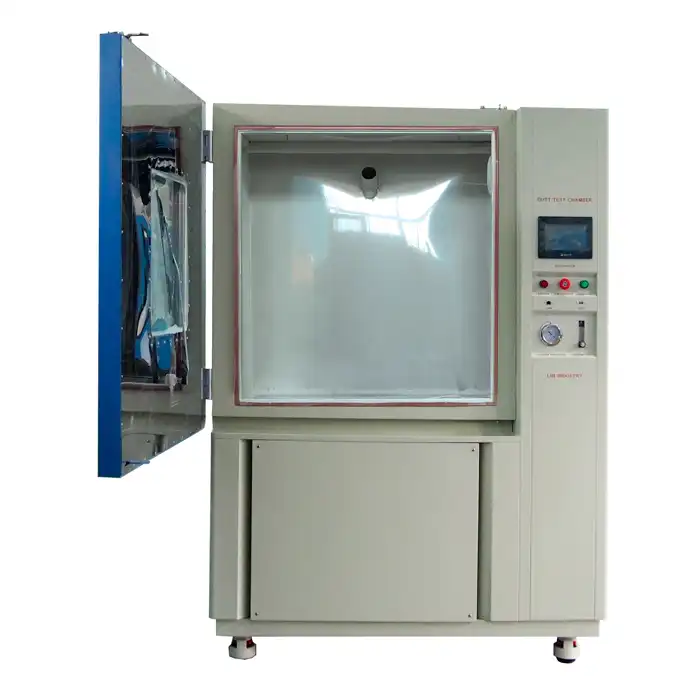How Does UV Testing Work
Understanding how UV testing works is crucial for industries that need to ensure their products can withstand the rigors of outdoor environments. UV testing, particularly using a UV weatherometer, simulates the effects of sunlight, rain, and temperature to test the durability and longevity of materials. In this article, we'll delve into the intricacies of UV testing, focusing on the standards, processes, and details involved.
What is UV Testing?
UV testing is a procedure that mimics how materials and goods might react to ultraviolet (UV) radiation from the sun. In sectors where products are frequently exposed to sunlight and other environmental elements, like the automobile, construction, and textile industries, this kind of testing is crucial. Predicting how materials will react to UV light over time is the main objective of UV testing, which aids producers in enhancing the performance and durability of their products.
An instrument used in UV testing to mimic the effects of sunshine and other environmental factors is called a UV weatherometer. This device has features to regulate humidity and temperature in addition to UV lamps that produce light that resembles sunlight. A UV weatherometer can speed up the aging process of materials by subjecting them to these kinds of circumstances, giving important information on the materials' long-term performance.
How is UV Testing Conducted?
The process of UV testing involves several steps to ensure accurate and reliable results. Here's a breakdown of the typical procedures:
Sample Preparation
Samples of the item to be tested are produced in accordance with specified standards prior to the start of testing. To guarantee consistent outcomes, these samples need to be the same size and shape. Accurate labeling and documentation are also necessary to monitor every sample during the testing procedure.
Exposure to UV Radiation
The UV weatherometer is used to expose the prepared samples to regulated UV radiation. It is possible to modify the exposure's length and intensity to mimic various environmental circumstances. Higher intensities, for example, may be used to mimic intense sunshine, while longer exposure times could be used to mimic the effects of continuous solar exposure.
Environmental Controls
The UV weatherometer can mimic not only UV radiation but also temperature, humidity, and precipitation. In order to replicate real-world situations, certain controls are essential. The humidity settings in the chamber can mimic dry or moist circumstances, and the temperature can be adjusted to mimic the warmth or coolness of daytime or overnight. To further add realism to the testing, some UV weatherometers also feature a water spray mechanism to mimic rain.
Monitoring and Measurement
The samples are constantly observed to trace alterations in their chemical and physical characteristics during the testing procedure. The UV weatherometer has instruments that measure things like color change, gloss loss, cracking, and tensile strength. These measurements are taken on a regular basis in order to give a thorough picture of the material's aging.
Post-Exposure Analysis
The samples go through a comprehensive analysis after the exposure period is over. To ascertain the degree of degradation, this phase compares the exposed samples to control samples that were not exposed. The sample can be subjected to advanced analytical methods including microscopy and spectroscopy to investigate the molecular alterations.
What Are the Standards and Protocols in UV Testing?
UV testing must adhere to specific standards and protocols to ensure consistency and reliability. Several organizations have established guidelines for UV testing, including ASTM International, ISO, and DIN. These standards define the conditions under which UV testing should be performed using a UV weatherometer, as well as the criteria for evaluating the test results.
ASTM Standards
The American Society for Testing and Materials (ASTM) has developed numerous standards related to UV testing. For example, ASTM G154 outlines the standard practice for operating fluorescent UV lamp apparatus for exposure of non-metallic materials. This standard specifies the types of UV lamps to be used, the cycle of UV and condensation exposure, and the duration of the test.
ISO Standards
The International Organization for Standardization (ISO) also provides guidelines for UV testing. ISO 4892, for instance, describes the methods for exposing plastics to laboratory light sources, including UV lamps. This standard detail the apparatus, test conditions, and procedures for evaluating the effects of UV radiation on plastic materials.
DIN Standards
The German Institute for Standardization (DIN) offers additional protocols for UV testing. DIN 53387, for example, focuses on artificial weathering of plastics, specifying the use of UV fluorescent lamps, temperature controls, and moisture simulation.
Adhering to these standards ensures that UV testing results are comparable across different laboratories and industries. It also provides a benchmark for evaluating material performance, helping manufacturers make informed decisions about product durability and longevity.
The Importance of UV Testing in Product Development
UV testing plays a critical role in the product development cycle, particularly for products destined for outdoor use. By simulating long-term exposure to sunlight and other environmental factors, UV weatherometer helps manufacturers identify potential weaknesses in materials and improve their resistance to degradation.
Enhancing Product Durability
One of the primary benefits of UV testing is the ability to enhance product durability. By understanding how materials degrade under UV radiation, manufacturers can develop more robust formulations and coatings that resist UV damage. This leads to products that last longer and perform better in real-world conditions.
Ensuring Safety and Compliance
UV testing is also essential for ensuring safety and compliance with industry regulations. Products that degrade under UV exposure may pose safety risks, such as loss of structural integrity or release of harmful substances. UV testing helps identify these risks early in the development process, allowing manufacturers to address them before the product reaches the market.
Reducing Costs and Environmental Impact
By predicting how materials will perform over time, UV testing can help reduce costs associated with product failures and replacements. It also contributes to sustainability efforts by promoting the use of durable materials that require less frequent replacement, thus reducing waste and conserving resources.
Conclusion
UV testing, facilitated by the use of a UV weatherometer, is a vital process for industries that rely on outdoor products. By simulating the effects of sunlight and other environmental factors, UV testing provides valuable insights into material performance and longevity. Adhering to established standards and protocols ensures reliable results that manufacturers can use to enhance product durability, ensure safety, and reduce costs.
If you want to learn more about this kind of UV Aging Apparatus, welcome to contact us info@libtestchamber.com.
References
1. ASTM International. (2020). ASTM G154-20: Standard Practice for Operating Fluorescent Light Apparatus for UV Exposure of Non-Metallic Materials.
2. International Organization for Standardization (ISO). (2016). ISO 4892-2:2016 - Plastics — Methods of exposure to laboratory light sources — Part 2: Xenon arc lamps.
3. McGowan, C., & McCarthy, R. (2017). Accelerated Weathering Tests: Fundamentals and Applications. Journal of Testing and Evaluation, 45(2), 210-219.
4. Liu, X., & Zhang, Y. (2020). Understanding UV Aging and Its Impact on Material Performance. Journal of Materials Science, 55(12), 4703-4715.
5. Bowers, R., & Wood, R. (2018). Standards and Protocols for UV Weathering Testing. Materials and Performance Journal, 37(6), 88-94.
6. Patel, N., & Kumar, P. (2019). The Role of UV Weatherometers in Evaluating Material Longevity. Polymer Testing, 77, 50-62.
元素路径: | 字数统计 |
